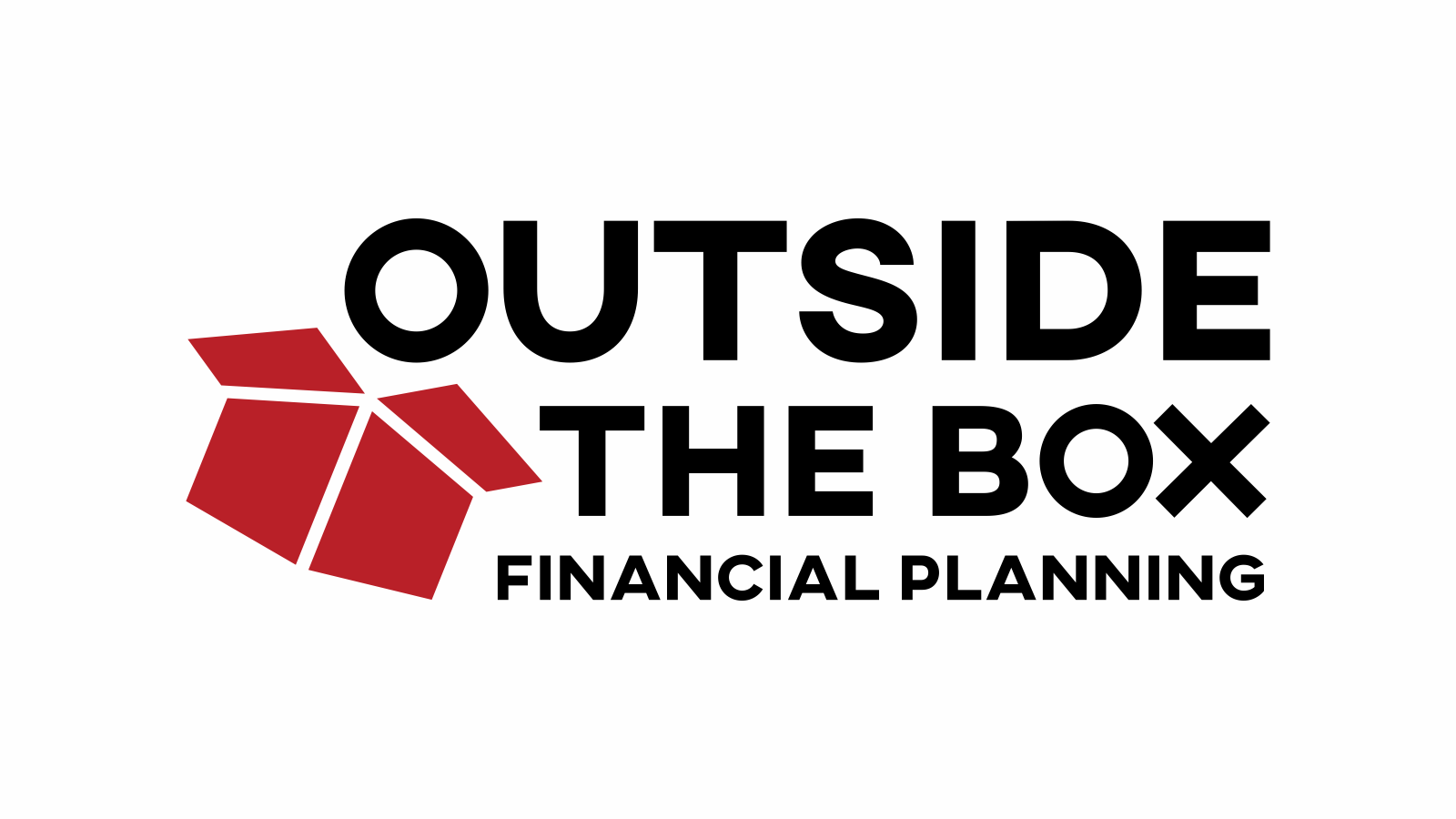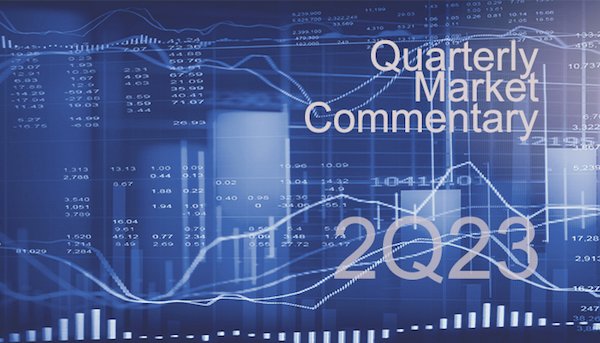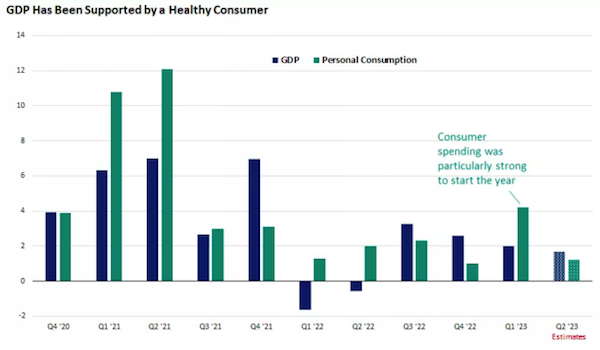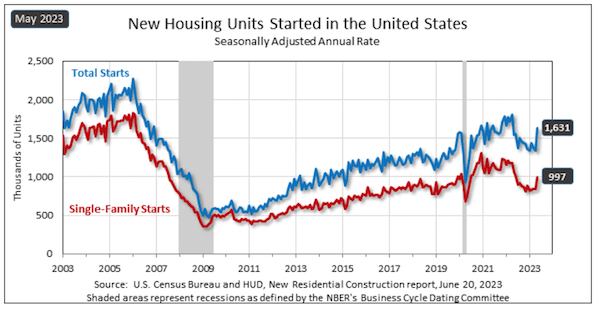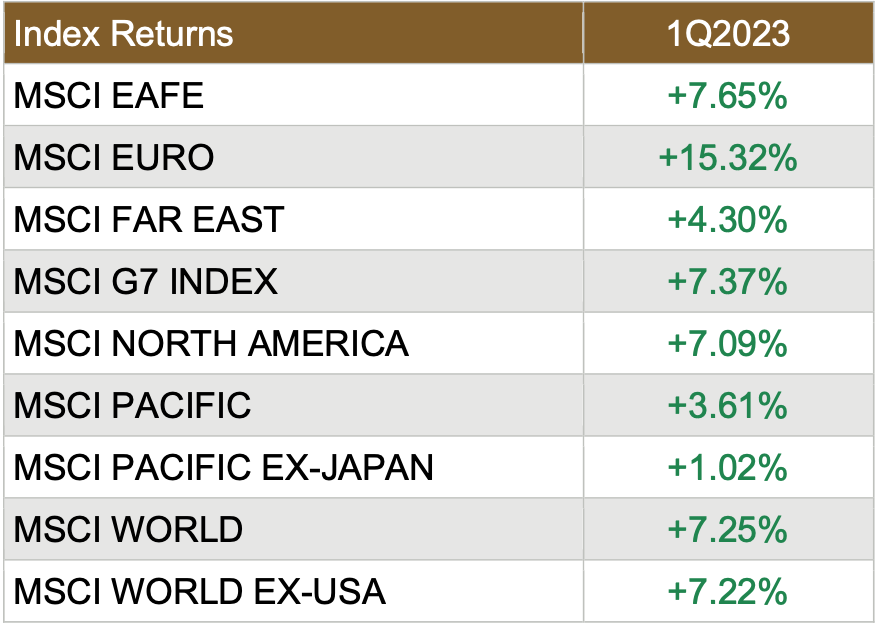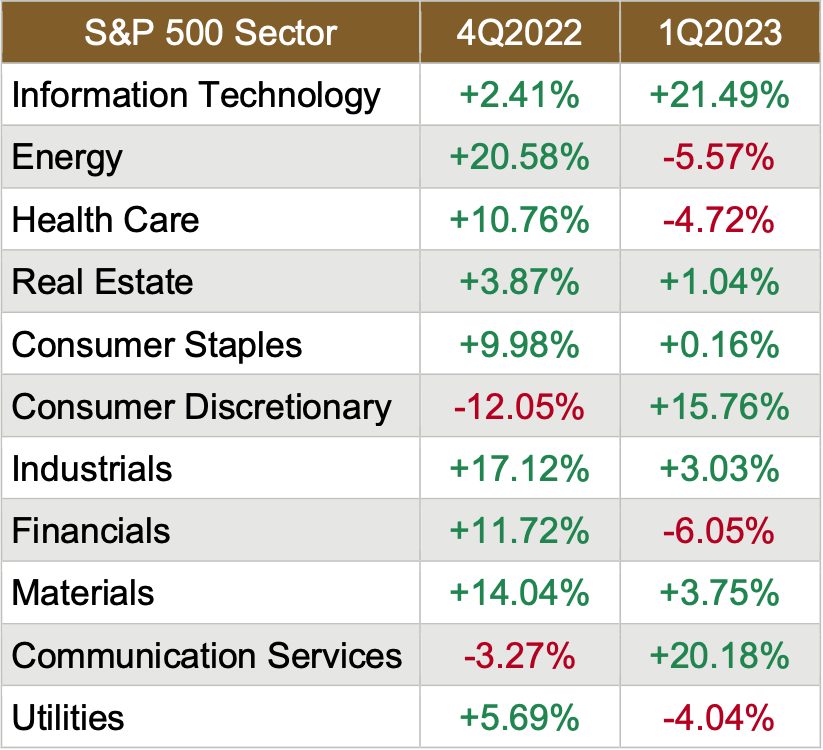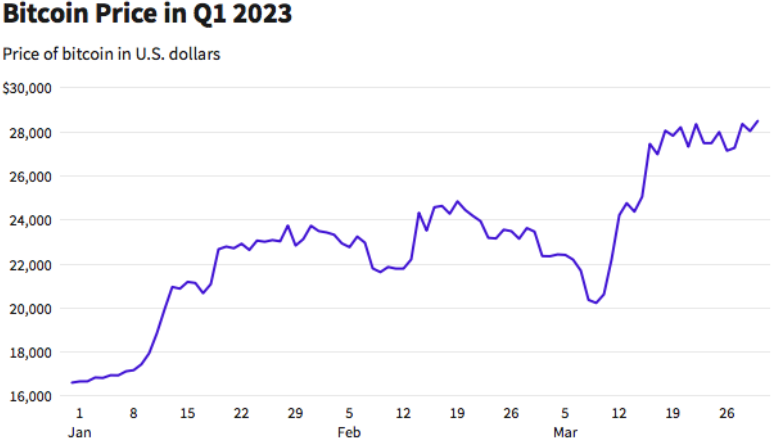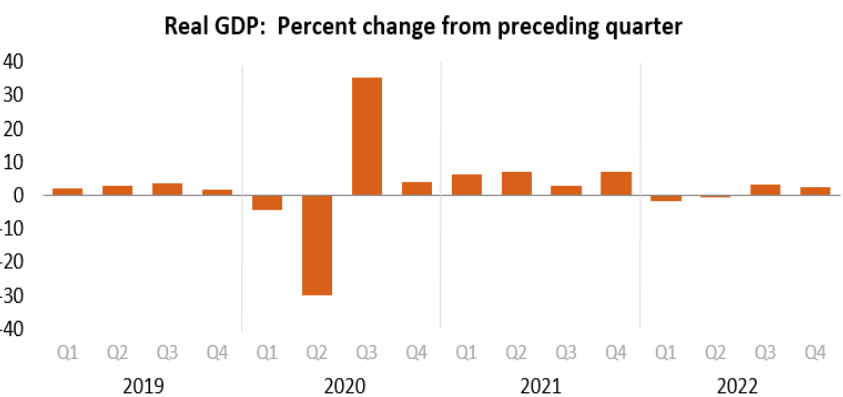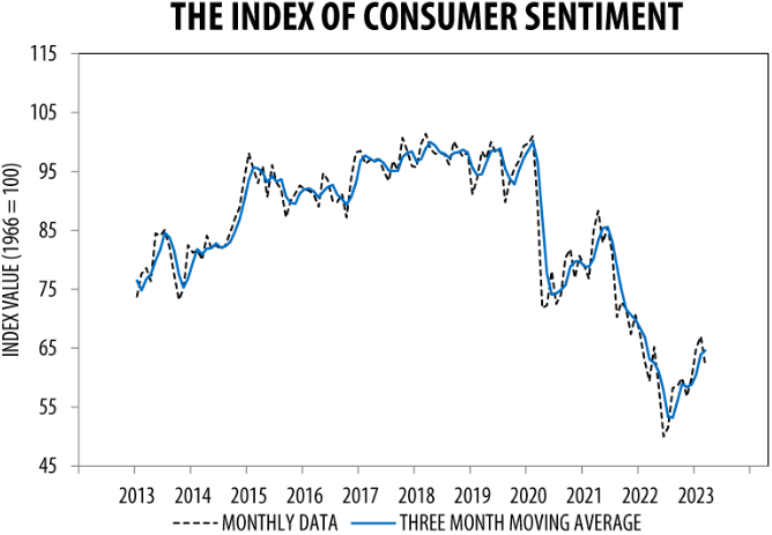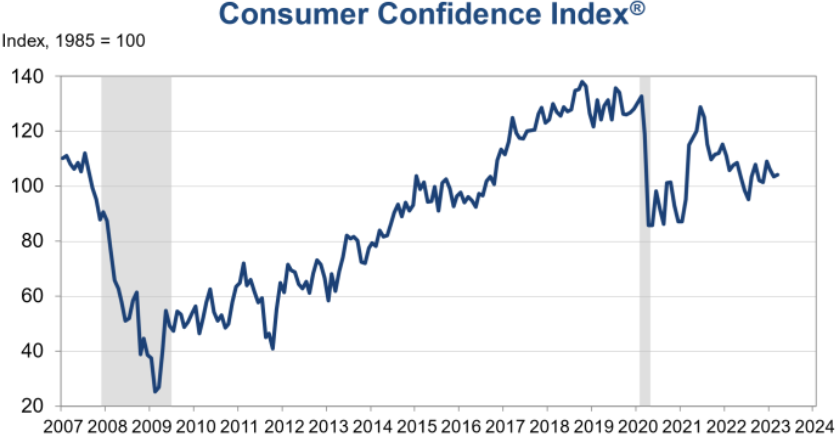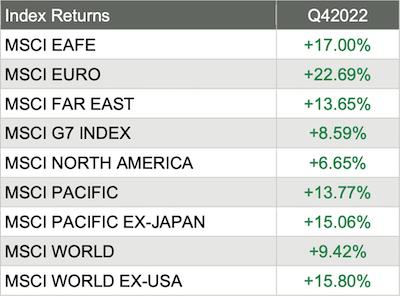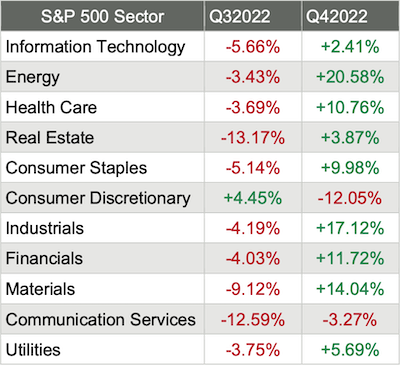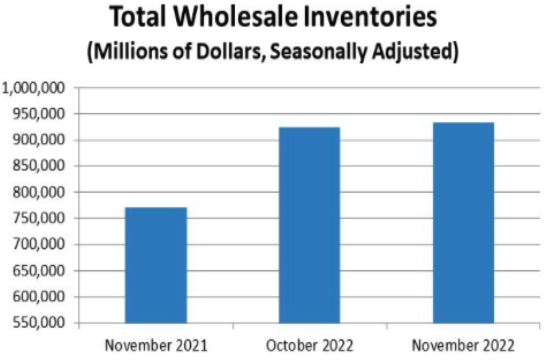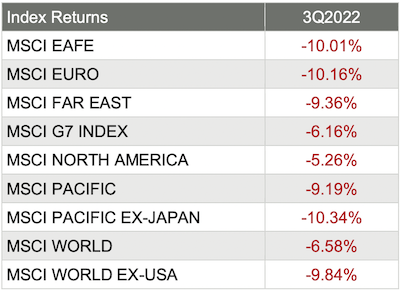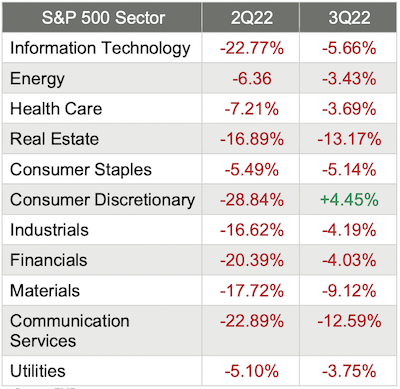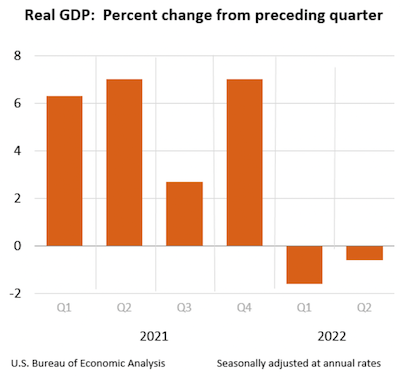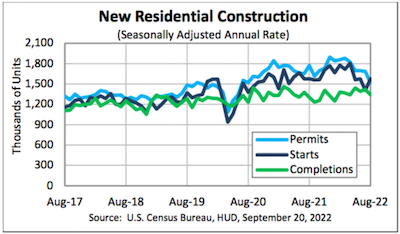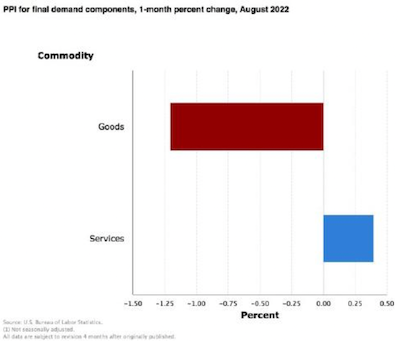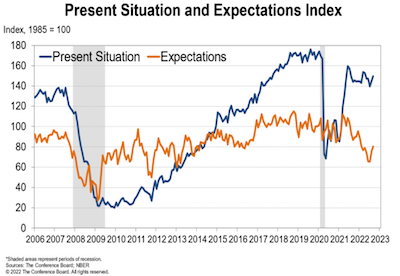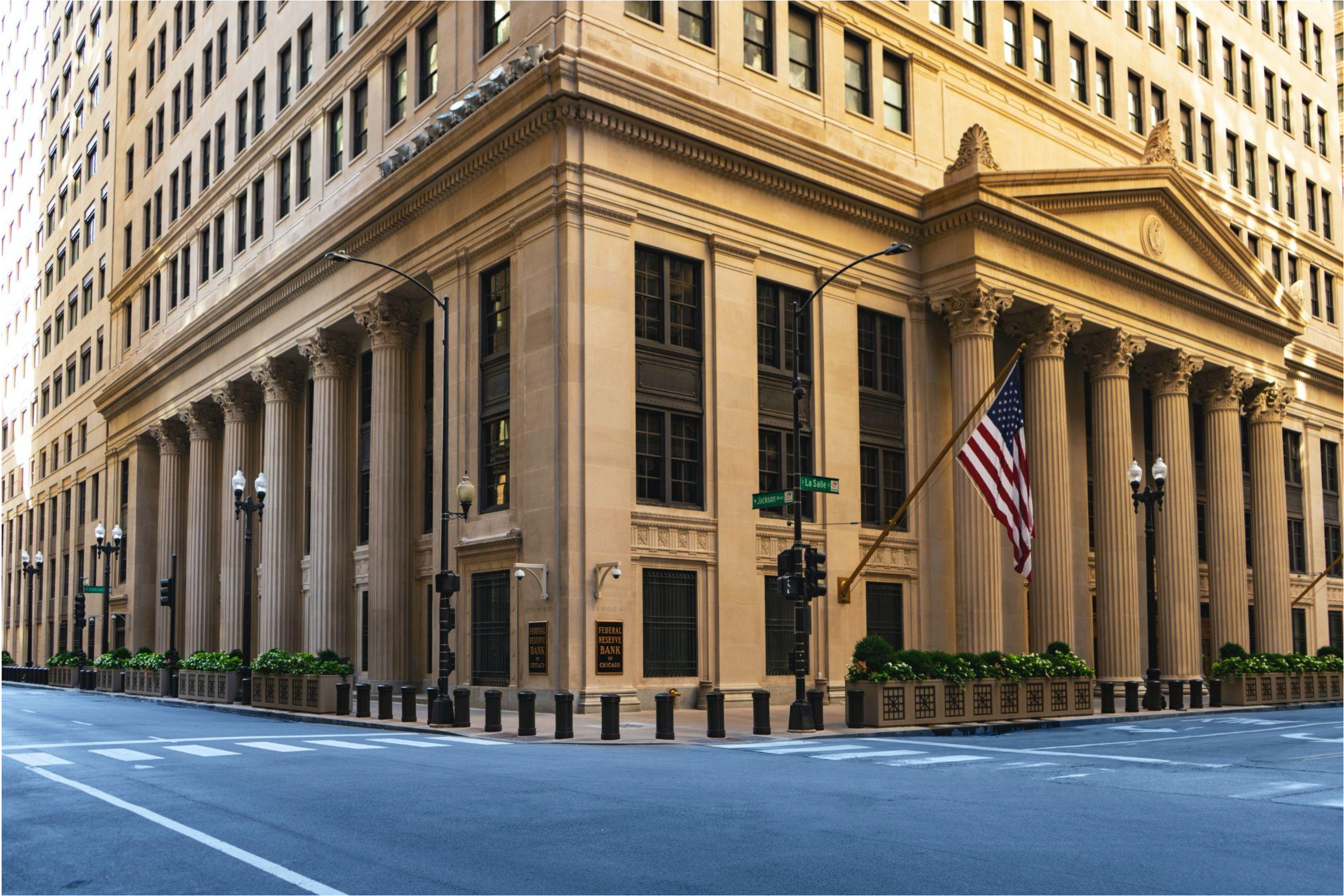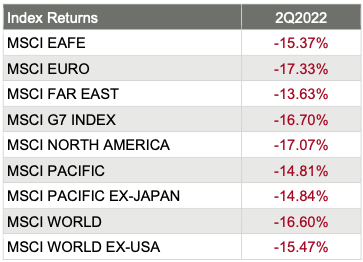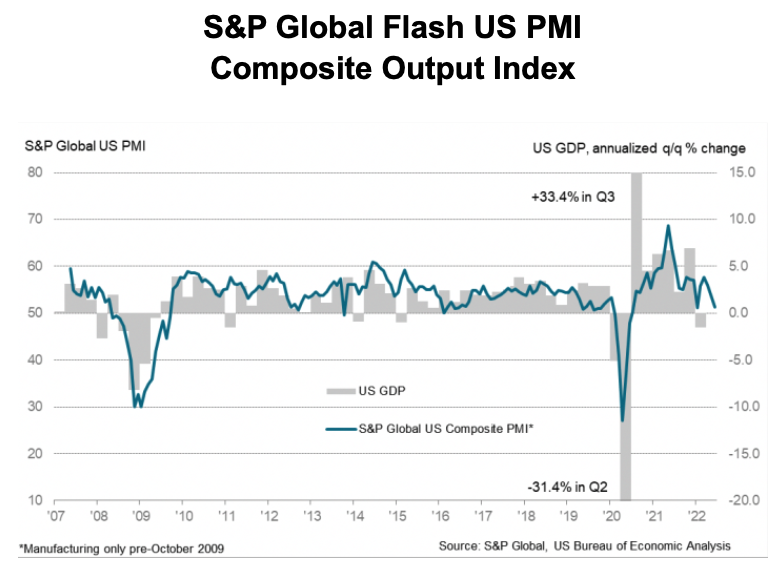As a Certified Financial Planner™️ (CFP), my mission is to guide individuals, families, and business owners towards financial security and prosperity. One essential pillar of any robust financial plan is the establishment of an emergency fund.
Life is unpredictable, and unexpected events can potentially lead to financial stress and setbacks - especially if you don’t have a back up plan. In this blog post, we will delve into the significance of having an emergency fund, its benefits, and practical steps to build and maintain it. Let's explore how this prudent financial cushion can be your lifeline during challenging times.
Understanding the Emergency Fund
You might be picturing a cliche wrinkled paper bag hidden away deep in a closet, or cash stashed under your mattress, but a true emergency fund goes far beyond this. An emergency fund is a savings pool designated to cover unforeseen expenses, such as medical emergencies, car repairs, job loss, death in the family, or other urgent needs. It acts as a financial buffer, providing peace of mind and protecting you from resorting to high-interest debt during difficult situations. A well-funded emergency fund can prevent long-term financial consequences and ensure you stay on track with your short and long-term financial goals.
The Benefits of an Emergency Fund
While the benefits of having an emergency fund might be obvious, we sometimes overlook the importance of having one. No one wants to think that they will be faced with any kind of emergency, but as they say, it's better to be safe than sorry. And if you ever are faced with an emergency, you’ll be able to ease some of the stress by knowing you have your emergency fund to fall back on, rather than taking a huge financial hit. Let’s go through some of the top benefits of having an emergency fund to fall back on:
Financial Security and Peace of Mind
Having an emergency fund provides a sense of financial security. Knowing that you have a safety net to fall back on in case of unexpected events can alleviate stress and anxiety. This psychological benefit enhances overall well-being and allows you to focus on long-term financial objectives.
It’s no secret that any kind of emergency, regardless of how mild or severe, can be a stressful situation. When you work with a fee-only CFP, we have a fiduciary duty to do what is in your best interest, so you can rest assured that at OTBFP, we will work together to set up an emergency fund that is realistic and still keep you on track with your long-term financial goals.
Avoiding Debt Traps
Without an emergency fund, many people turn to credit cards or high-interest loans when faced with emergencies. These debt traps can quickly accumulate and lead to a vicious cycle of debt. On the contrary, a well-funded emergency fund helps you manage unexpected expenses without relying on credit or loans.
Preserving Long-term Investments
Having an emergency fund allows you to protect your long-term investments, such as retirement accounts or other financial portfolios. But cashing out investments to cover emergencies can be like robbing Peter to pay Paul—it disrupts your financial plan.
Instead of liquidating these investments prematurely, you can use your emergency fund to handle immediate needs. This can also help you to avoid additional financial stress by bypassing any penalties or taxes that often come from withdrawing funds from these investments.
Building Your Emergency Fund
It can be overwhelming thinking about where to start with building your Emergency Fund. The best thing that you can do for yourself and for your loved ones is to create a backup plan or a safety net to fall back on in case times get tough.
Working with a fee-only CFP, like Outside the Box Financial Planning, can help you to set realistic goals and an action plan that can help you get started with building your financial safety net.
Pay Yourself First!
First things first - you have to pay yourself first! "Pay yourself first" means that you should prioritize your savings by setting aside a portion of your income before spending on other expenses, like rent or mortgage, car payments, and other living expenses. This habit ensures consistent saving, strengthens financial discipline, and fosters long-term growth through compounding. By making saving a non-negotiable expense, this strategy accelerates progress toward financial goals.
Set Clear Goals
Start by defining your emergency fund goal. Assess your monthly expenses, including housing, utilities, groceries, insurance, and any loan payments. Based on this estimate, determine the amount you need to save to reach your target emergency fund size.
Most importantly, you want to make realistic goals that won’t put a strain on your financial well-being. An emergency fund is something that is there to help alleviate some stress in times of need, so it shouldn’t be something that causes you stress on a day-to-day basis.
Determining the Ideal Emergency Fund Size
The size of your emergency fund depends on various factors, including your monthly expenses, job stability, and risk tolerance. As a rule of thumb, aim to have at least three to six months' worth of living expenses in your emergency fund. For those with irregular incomes, less stable employment, and/or self-employed, a larger emergency fund, up to nine months' worth of expenses, can be appropriate.
Create a Budget
Developing a budget is crucial to free up extra funds for your emergency fund. Identify areas where you can cut back on discretionary spending and redirect those savings toward your emergency fund. Every dollar counts, so be diligent in your efforts to save.
Something as simple as temporarily skipping that cup of coffee at Starbucks and brewing some at home can help you achieve your emergency fund goal.
Automate Savings
Automating your savings is an effective way to ensure regular contributions to your emergency fund. Your emergency fund isn't a one-time deposit—it's an ongoing commitment. Set up automatic transfers from your paycheck to your emergency fund. This habit makes saving a breeze, ensuring your fund grows consistently.
Consider Windfalls and Bonuses
Take advantage of any windfalls or bonuses you receive, such as tax refunds, work bonuses, or monetary gifts. Allocating a portion of these unexpected funds to your emergency fund can significantly boost your progress.
Where to Keep Your Emergency Fund
When it comes to storing your emergency fund, accessibility and safety are paramount. Consider these options:
High-yield Savings Account
A high-yield savings account offers a higher interest rate compared to traditional savings accounts. It allows your emergency fund to grow while remaining easily accessible when needed.
Money Market Account
Similar to a high-yield savings account, a money market account offers competitive interest rates and easy access to your funds.
Replenishing Your Emergency Fund
Life events, such as medical emergencies or unexpected job loss, may deplete your emergency fund. In such cases, prioritize replenishing your fund as soon as possible. Review your budget and adjust your savings contributions accordingly until your emergency fund is back to its desired level.
Tax refunds, work bonuses, or unexpected cash windfalls are golden opportunities to supercharge your emergency fund. You can work with your fee-only CFP to use a portion of these windfalls to boost your fund's power.
Long-Term Financial Planning
While building and maintaining an emergency fund is crucial, it is only one part of a comprehensive financial plan. As a CFP, I emphasize the importance of working with a professional to create a personalized financial roadmap. A robust plan should encompass budgeting, retirement planning, investment strategies, and risk management.
It’s also important to check-in on your emergency fund from time to time. Life evolves, and so do your financial needs. Your fee-only CFP can help you review your emergency fund periodically. Life events like marriage, a new baby, or changing jobs may call for adjustments.
Conclusion
Whether you're dreaming of a cozy retirement, a new home, or giving your kids the best education, an emergency fund is your guardian angel for these aspirations. Without it, a surprise expense can drain your savings, delaying your dreams.
Having an emergency fund is not a luxury; it is a necessity for financial security and peace of mind. As a Certified Financial Planner™️, I have witnessed countless individuals and families experience the benefits of a well-funded emergency fund during times of crisis.
By setting clear goals, creating a budget, and automating your savings, you can gradually build a financial cushion that will safeguard you from life's uncertainties. Remember, investing in your emergency fund today is an investment in your financial well-being and future prosperity. Start building your emergency fund now, and rest assured that you are taking a vital step towards a more secure financial future.
Partnering with Outside The Box Financial Planning offers numerous benefits for individuals seeking retirement planning, small business support, wealth management, and beyond. With their fiduciary duty, comprehensive approach, unbiased advice, transparent fee structure, and ongoing support, OTBFP act as a trusted advisor who prioritizes your best interests. Click here to schedule a complimentary “Fit” meeting to determine if we would make a good mutual fit.
Remember, financial decisions have long-lasting implications, and working with a professional can provide the expertise and guidance necessary to make informed choices that align with your financial aspirations.
However, if you would like to take a shot at building a financial plan on your own, we offer our financial planning software, RightCapital, free of charge. Click here to get started.
